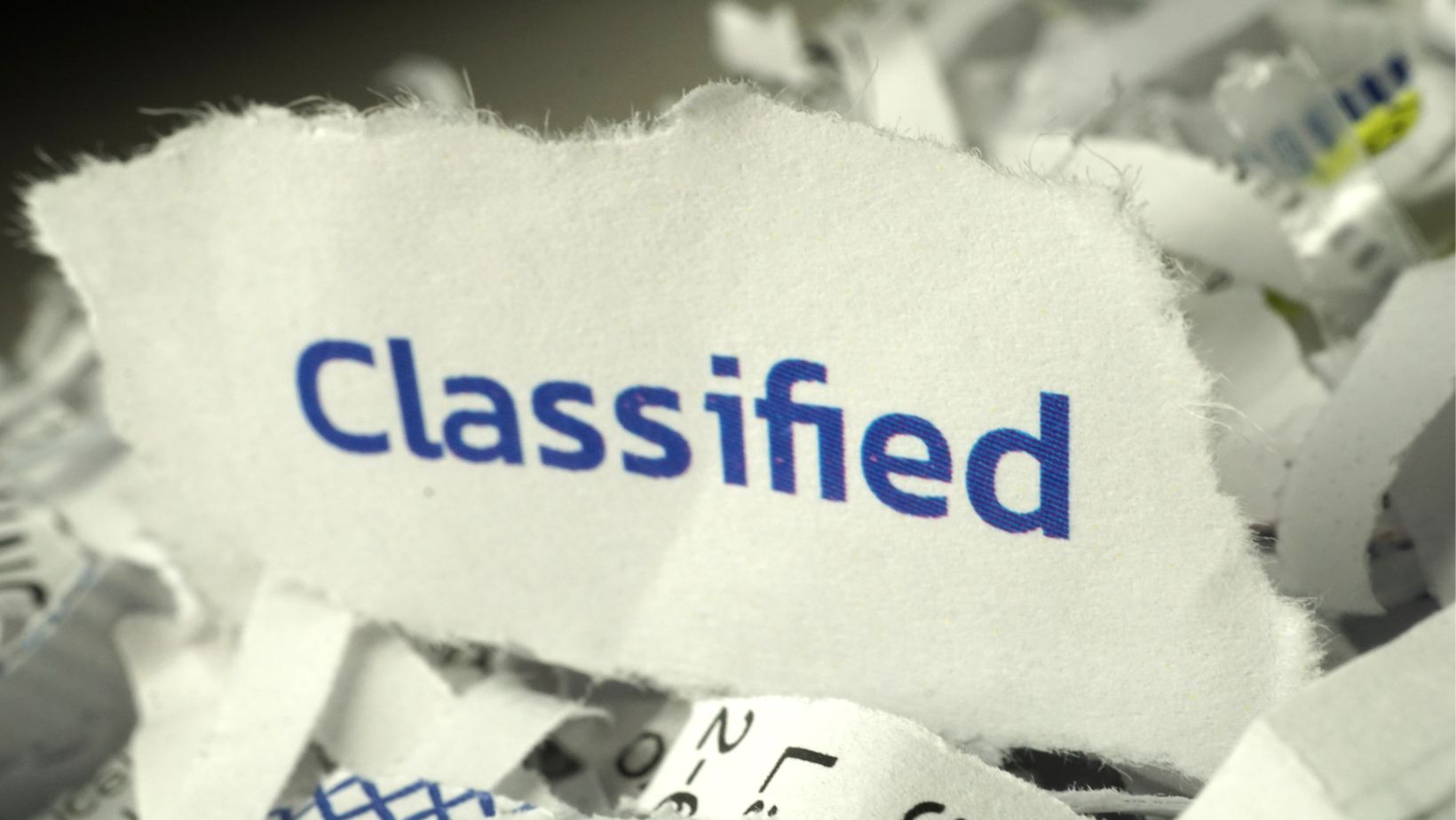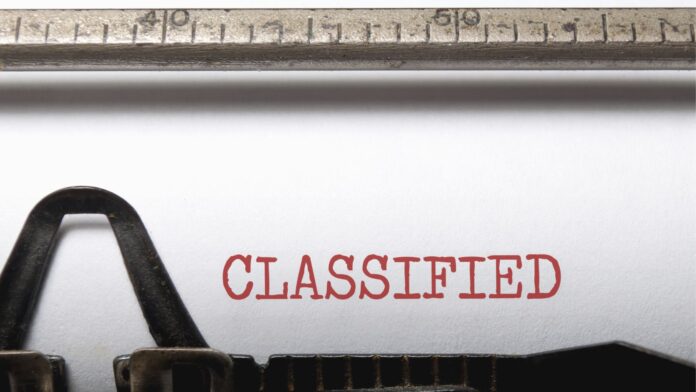Which of the Following is True of Protecting Classified Data?
As an expert in data security, I understand the critical importance of protecting classified information. In today’s digital age, the potential risks and threats to sensitive data have increased exponentially. Whether it’s government secrets, proprietary business information, or personal data, safeguarding classified data is paramount. In this article, I will delve into the various aspects of protecting classified data and highlight the key measures that need to be taken to ensure its security.
When it comes to protecting classified data, there are several fundamental principles that must be followed. First and foremost, access control plays a pivotal role in safeguarding sensitive information. Limiting access to authorized personnel and implementing strict authentication protocols are crucial steps to prevent unauthorized individuals from gaining access to classified data. Additionally, encryption is an indispensable tool in securing classified information. By using advanced encryption algorithms, data can be transformed into an unreadable format, making it virtually impossible for unauthorized parties to decipher.
In today’s interconnected world, the consequences of failing to protect classified data can be severe. National security can be compromised, businesses can suffer significant financial losses, and individuals can fall victim to identity theft or other cybercrimes. Therefore, it is imperative that organizations and individuals alike recognize the importance of protecting classified data and take proactive measures to ensure its security. In the following sections, I will discuss in detail the various strategies and best practices that can be employed to safeguard classified data effectively.
What is Classified Data?
Classified data refers to any information that is deemed sensitive and requires protection from unauthorized access. It encompasses a wide range of data, including government intelligence, military plans, trade secrets, financial records, personal information, and more. These types of data are often classified to prevent their exposure, misuse, or theft, as they can have significant implications if they fall into the wrong hands.
The classification of data is typically based on its level of sensitivity and potential harm if disclosed. Governments and organizations establish different levels of classification, such as confidential, secret, top secret, or even more specific designations. Access to classified data is usually limited to individuals with the appropriate security clearance and a “need to know” basis.
The protection of classified data is paramount in maintaining national security, protecting intellectual property, and ensuring the privacy of individuals. Failure to adequately safeguard this data can lead to severe consequences, including compromising national defense, economic espionage, identity theft, and reputational damage.
To protect classified data effectively, strong security measures must be implemented. These may include:
- Access control: Limiting access to classified data to authorized personnel, typically through the use of secure authentication mechanisms like passwords, biometrics, or security tokens. Implementing strict access controls helps prevent unauthorized individuals from gaining access.
- Encryption: Encrypting classified data ensures that even if it is intercepted or stolen, it remains unreadable to unauthorized individuals. Advanced encryption algorithms can provide an additional layer of security to protect the confidentiality and integrity of classified data.
- Physical security: Physical measures such as secure facilities, locked cabinets, and surveillance systems are essential for protecting classified data. These measures prevent unauthorized physical access to classified information.
Understanding what classified data is and implementing robust security measures are crucial in safeguarding sensitive information. By implementing access control, encryption, and physical security measures, individuals and organizations can mitigate the risks associated with the exposure of classified data.

The Importance of Protecting Classified Data
As an expert in data security, I understand the critical importance of protecting classified data in our increasingly connected world. With the constant threat of cyberattacks and data breaches, safeguarding sensitive information has never been more crucial. Whether it is government intelligence, military plans, trade secrets, financial records, or personal information, the exposure of classified data can have severe consequences.
1. National Security: One of the primary reasons for protecting classified data is to preserve national security. In today’s digital age, governments must ensure that sensitive information remains confidential to avoid compromising the safety and well-being of their citizens.
2. Financial Losses: Organizations across industries face significant financial losses when classified data falls into the wrong hands. From intellectual property theft to corporate espionage, unauthorized access to sensitive information can lead to devastating financial repercussions.
3. Cybercrimes: Protecting classified data is vital in the fight against cybercrimes. Hackers are constantly looking for vulnerabilities to exploit, and any breach of classified information can result in identity theft, fraud, or other malicious activities.
To effectively safeguard classified data, organizations must implement a comprehensive approach that includes access control, encryption, and physical security measures. Access control ensures that only authorized individuals have the necessary permissions to access classified information. Encryption protects data by transforming it into a code that can only be deciphered with the correct decryption key. Physical security measures, such as secure data centers and surveillance systems, add an extra layer of protection against unauthorized access.
Protecting classified data is of paramount importance in today’s world. By understanding the risks and implementing robust security measures, we can safeguard sensitive information, preserve national security, and mitigate the financial and societal impacts of data breaches.


